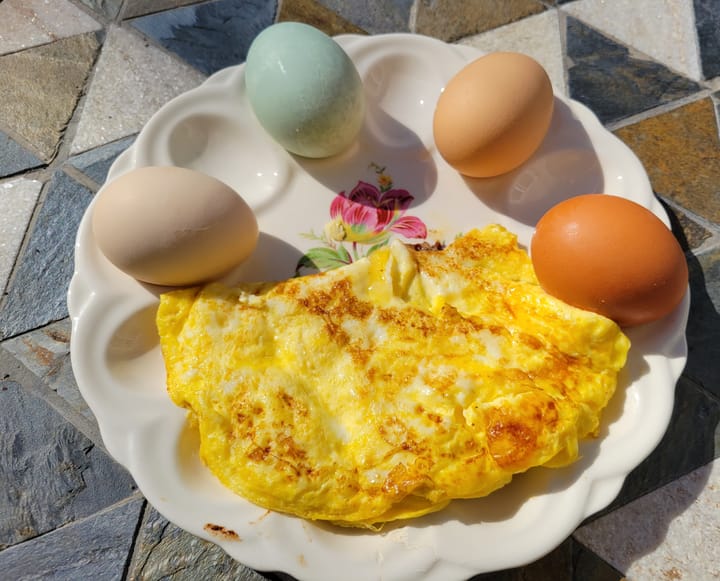Cooking corn this summer? Try a microwave, seriously
Columnist and Oxford Free Press Board President solves the age old question of how to cook your corn.

We are in the heart of the local sweet corn season. Even folks who rarely buy local produce know that corn on the cob needs to be freshly picked, and therefore local.
Corn dominates the rural landscape surrounding Oxford this time of year, but sweet corn for direct human consumption comprises only around 1% of it, according to the Ohio Department of Agriculture. The rest is field corn, used primarily to feed livestock.
The varieties of sweet corn that we consume directly have gotten sweeter over the years, through mutations, both natural and laboratory, proving ever-more satisfying for Americans’ sweet teeth. As sweet corn matures, the sugar is converted to starch, hence it should be eaten fresh.
Over the years, folks in Oxford have shared strong opinions with me about how they cook corn on the cob. The traditional option is on the stovetop. Shuck the corn, boil water in a large pot, and drop the ears in the boiling water for a debatable amount of time. My 1946 Fanny Farmer and 1964 Joy of Cooking recommend boiling corn for 10 minutes.
I stopped boiling corn after reading one of my favorite go-to reference books, Jo Robinson’s “Eating on the Wild Side.” “This brutality has got to stop,” she writes. “The less contact corn has with water, the more nutrients stay in the kernels.”
Steaming is a stovetop option, but it requires the right equipment, specifically a very large pot and a very large steamer insert to prevent the cobs from direct contact with the water. Boil the water, place the corn in the insert, and cook for four minutes.
Grilling has its advocates. The corn can be cooked still wrapped in husks, or shucked and placed directly on the grill, or shucked and wrapped in foil. I find that grilling in husks is messy and subject to burning, whereas the other two options produce charred kernels unappealing to our household.
Much to my surprise, the most nutritious and eco-friendly method of cooking corn-on-the cob turns out to be microwaving. Gene Willeke, longtime Director of Miami’s Institute for the Environment and Sustainability and one of Oxford’s most respected and nationally prominent environmentalists, was a passionate advocate for microwaving corn.
To prepare corn for microwaving, remove most of the outer husks and silks. Don’t expose the kernels; leave one layer of husk wrapped around them. An advantage of microwaving is that the silk and husk are softened, allowing them to be removed more easily than when shucking uncooked corn.
Timing depends on your microwave. In my relatively old, less powerful microwave, one ear takes 3 minutes, and I add 2 minutes for each additional ear.
Most of our local corn is chewier with a more intense “cornier” flavor than more sugary varieties now widely available. I find that microwaving rather than boiling or grilling best enhances the “cornier” flavor.
Cook all of your corn when fresh. If any ears are leftover, cut the kernels off the cobs and the next day gently reheat in butter.
I eat corn-on-the-cob as a separate first course. Held in one’s hands, dripping with butter and moisture, corn-on-the-cob doesn’t interface well with the rest of a meal consumed with a fork and knife.
Let me know how you cook corn on the cob.




